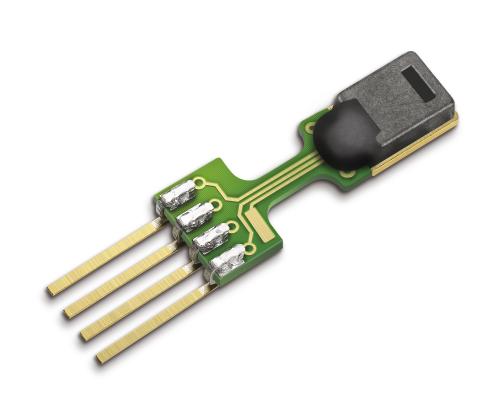Networks of low-cost sensors are becoming ubiquitous, but often suffer from low accuracies and drift. Regular colocation with reference sensors allows recalibration but is often complicated and expensive. Alternatively the calibration can be transferred using low-cost, mobile sensors, often at very low cost. However inferring appropriate estimates of the calibration functions (with uncertainty) for the network of sensors becomes difficult, especially as the network of visits by the mobile, low-cost sensors becomes large. We propose a variational approach to model the calibration across the network of sensors. We demonstrate the approach on both synthetic and real air pollution data, and find it can perform better than the state of the art (multi-hop calibration). We extend it to categorical data, combining classifications of insects by non-expert citizen scientists. Achieving uncertainty-quantified calibration has been one of the major barriers to low-cost sensor deployment and citizen-science research. We hope that the methods described will enable such projects.
翻译:低成本传感器的网络正在变得无处不在,但往往受到低渗透和漂移的影响。与参照传感器经常合用同一地点,可以进行校准,但往往比较复杂和昂贵。或者,校准可以使用低成本移动传感器转让,而且往往成本很低。然而,对传感器网络的校准功能进行适当的估计(有不确定性)变得困难,特别是随着移动低成本传感器的访问网络变得庞大,我们建议采用变通办法,在传感器网络中建模校准。我们展示合成和真实空气污染数据,发现其性能比艺术状态(多速校准)好。我们将其扩大到绝对数据,将非专家公民科学家的昆虫分类结合起来。实现不确定性定量校准是低成本传感器部署和公民科学研究的主要障碍之一。我们希望所述方法能够使这类项目得以进行。





